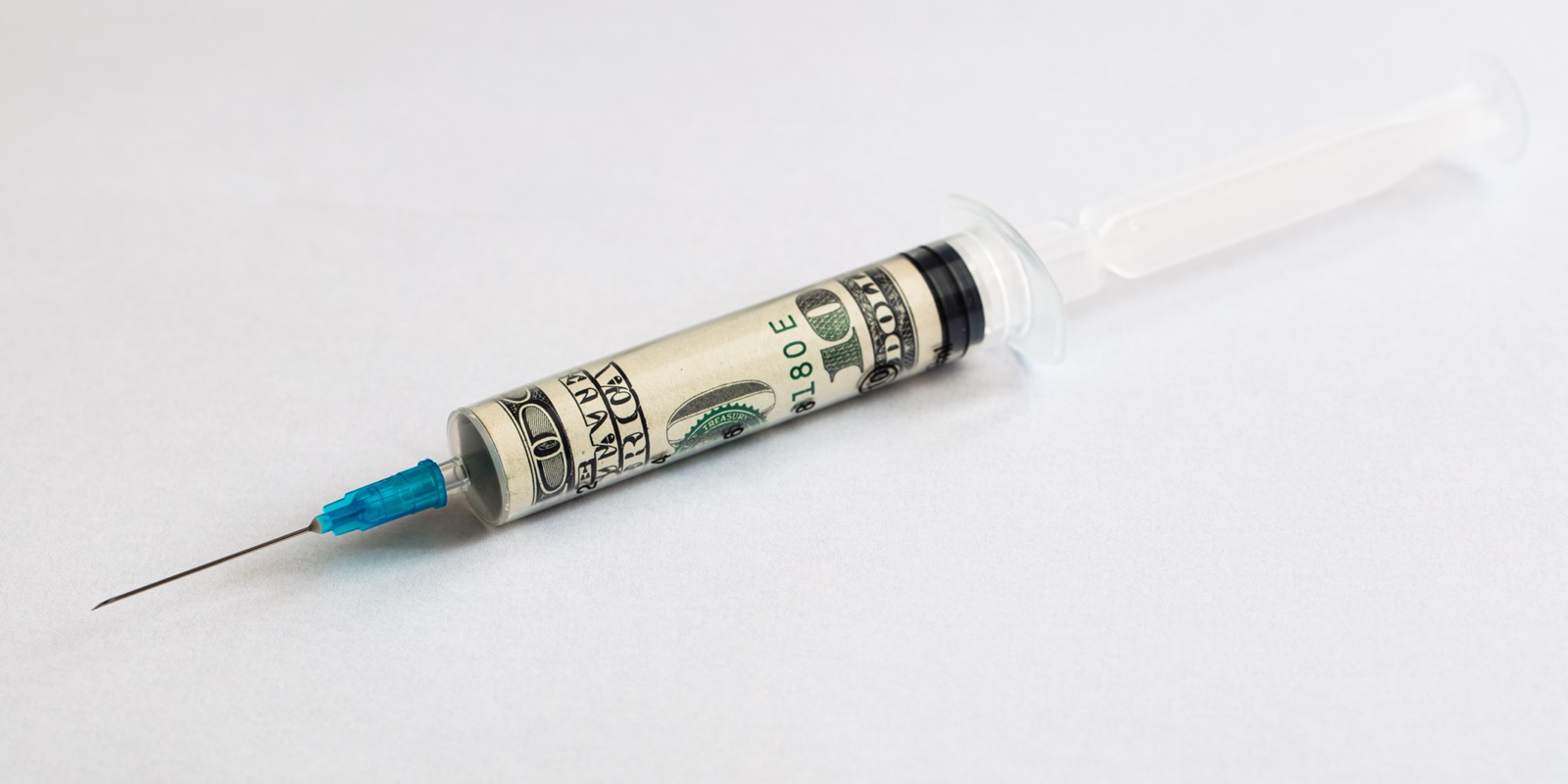It’s hard to compare your pricing. Is a price too low or too high? Are you leaving money on the table? Is your pricing system structured correctly? Each year, distributors make hundreds of thousands of pricing decisions.
This article from Profit2 continues our series on Compare How You Price
Focus on 4 Key Metrics
Our margin consultants suggest you focus on 4 key metrics that point to how well you price “incidentals”. We’ve found that companies who have the highest incidental margin edge excel on these metrics.
Metric 1: Incidental Sales vs. All-Sales Margin– the margin point difference between your average margin and your “incidental sales” margin is a bottom line measurement of increased profit. We’ve found remarkable consistency in the incidental pricing data of distributors across 21 product categories. In each product category, the average distributor has just a 7 to 9 margin point difference between their incidental and all-sales margin. However, companies that have the highest earnings (EBIT) consistently make 12 to 15 points more than their average margin.
Metric 2: Large vs. Small Customer Margin– A much higher share of small customer sales are low volume incidental purchases. So a key metric is how much more margin you make on low volume customers. The average difference between customers who spend more than $100,000 a year and those who spend less than $10,000 is only 10 margin points.
On the other hand those who use a distributor pricing strategy and optimize how they segment customers for pricing enjoy a 15+-point difference.
Metric 3: Number of Product Pricing Segments– how you segment products for pricing is a major determinant of your incidental sales margin. Look first at the number of product segments you use for pricing. Industry wide, distributors average 700+ product divisions for pricing. If you have far less, you may be lumping commodities and incidental items together, thus underpricing the incidentals and experiencing a declining margin.
The second question to ask is how do you segment products for pricing? Is it by supplier or by type of product only? If you don’t also segment products by item price sensitivity… you’re leaving money on the table.
Metric 4: Price Utilization%– the percentage of your system-suggested pricing that is used at the point of sale is pivotal. The vast majority of your invoice lines are for incidental sales. In fact 9 out of 10 of the customer and items you sell in a year are low-volume, low frequency purchases. Industry-wide, the order writer lowers system-suggested pricing 50+% of the time. There is a direct correlation between price utilization percentage and your incidental sales margin.





